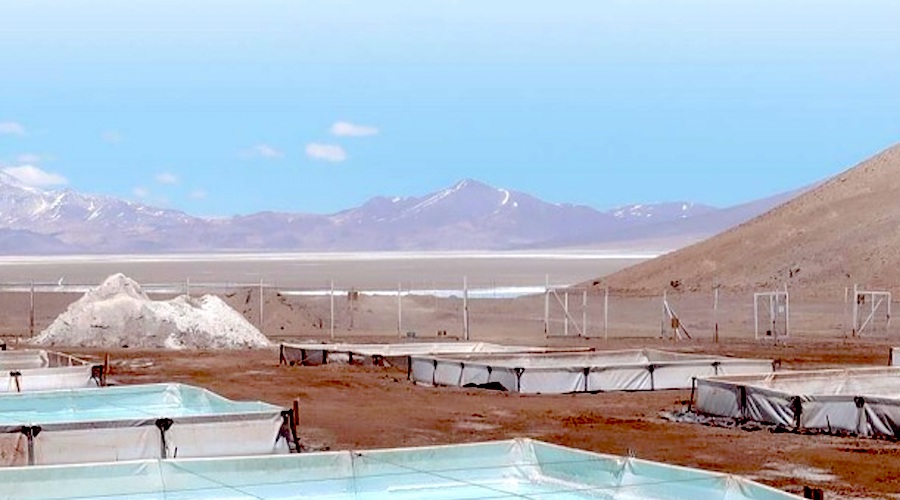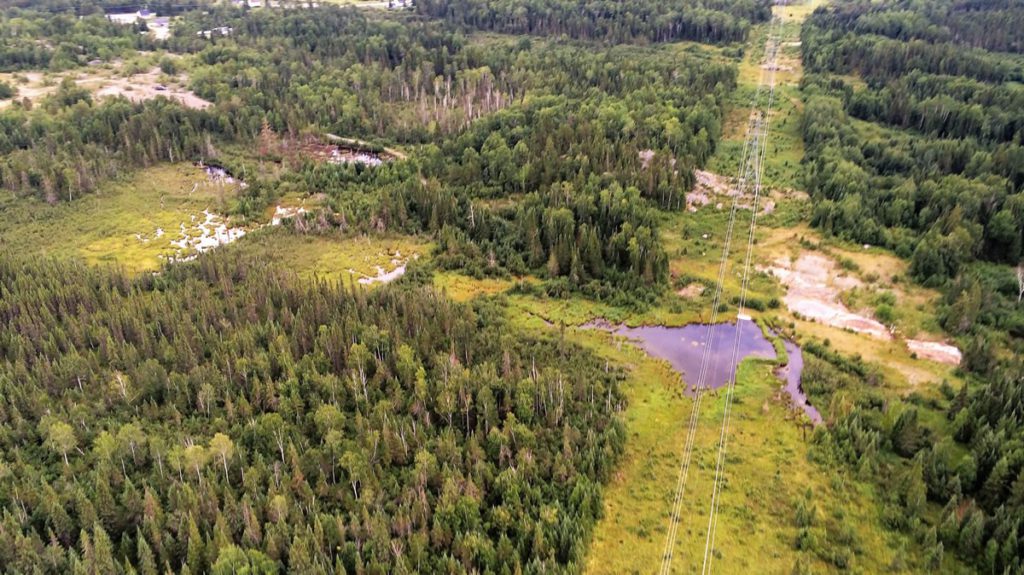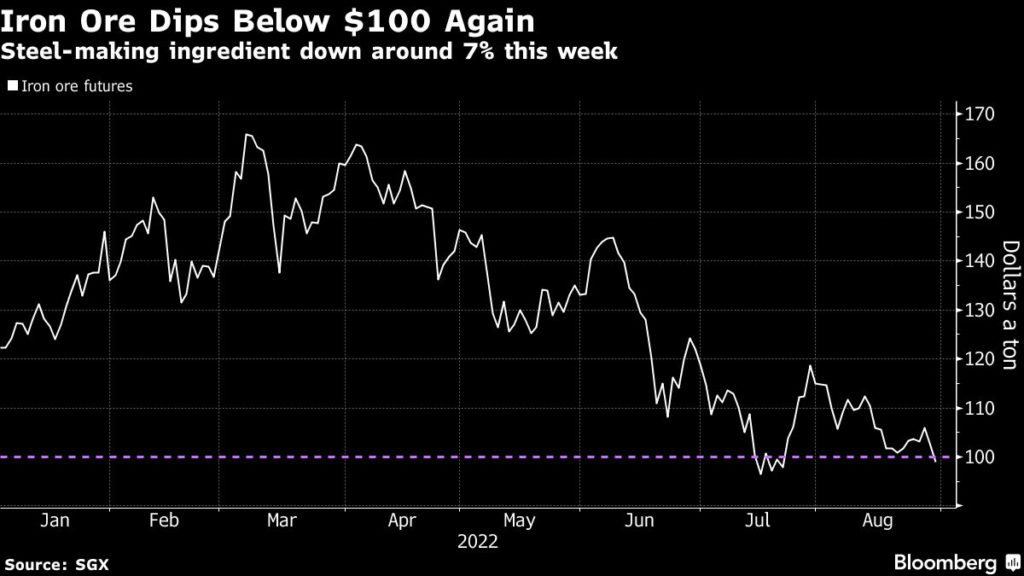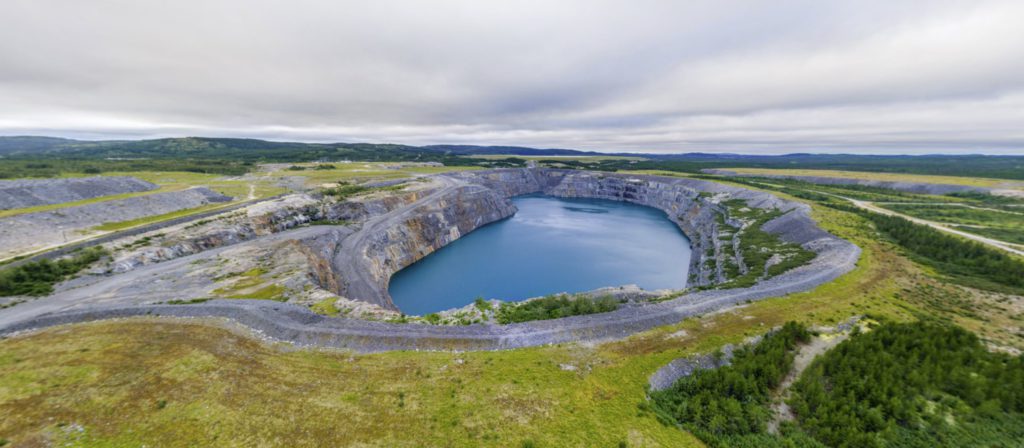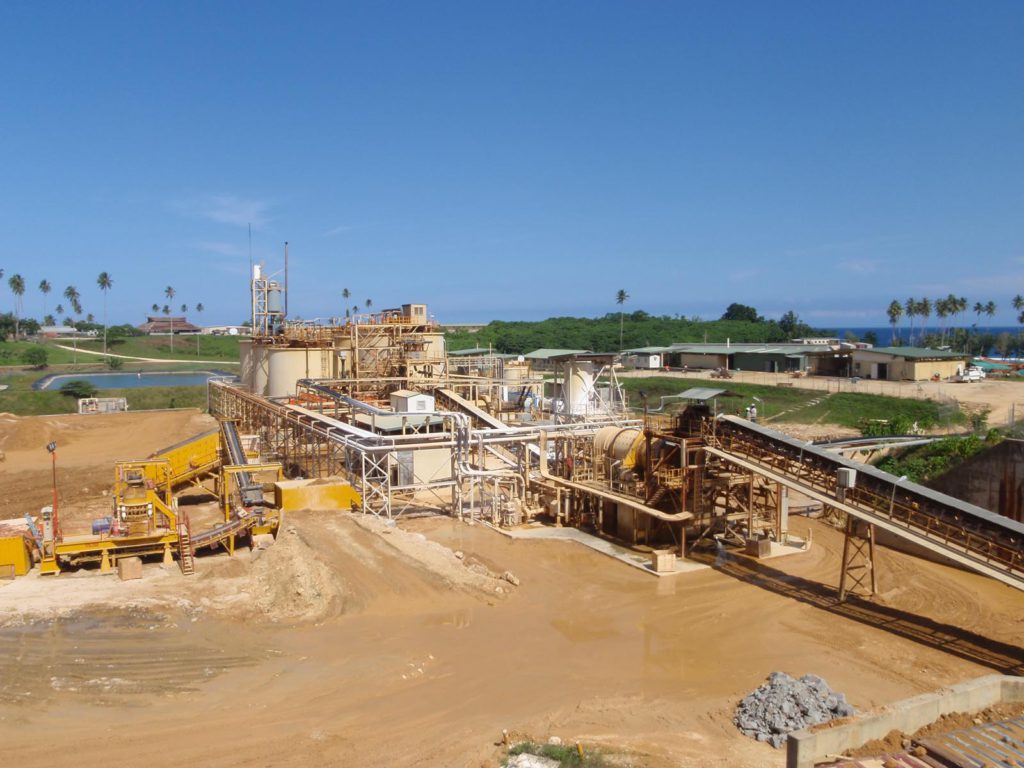Stallion Uranium sheds Idaho antimony project, narrows focus to Athabasca Basin
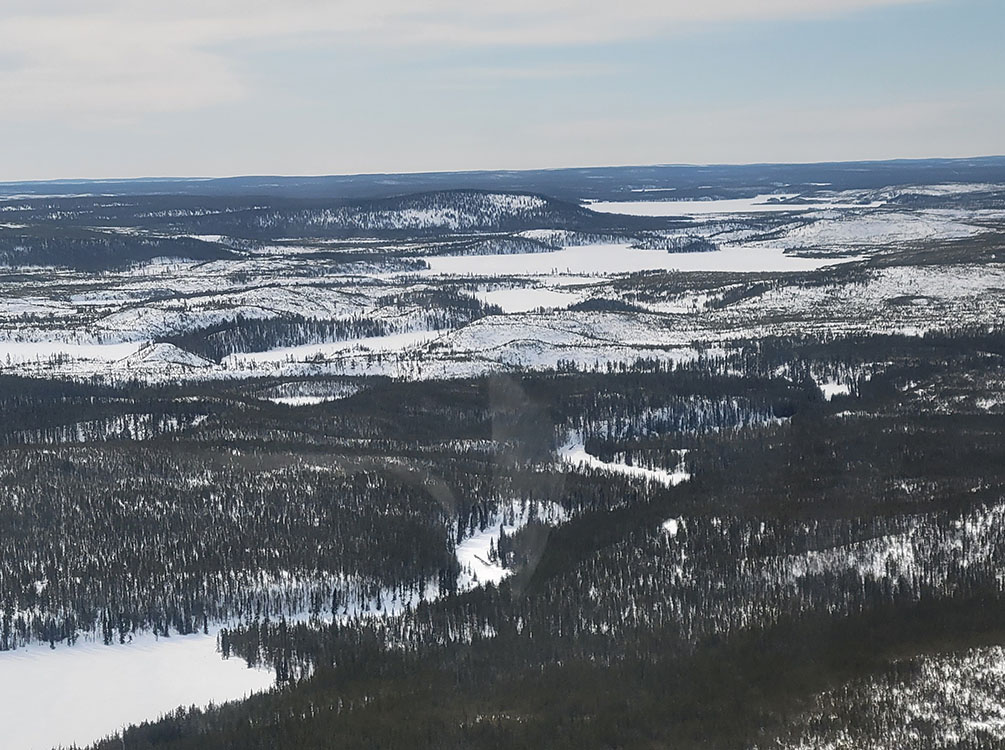

“This definitive agreement allows Stallion to monetize a portion of the value of the Horse Heaven project while maintaining upside exposure through a sizeable equity ownership,” stated Drew Zimmerman, CEO of Stallion Uranium.
Stallion currently holds a portfolio of uranium properties covering roughly 3,000 sq. km.. in the Athabasca Basin. A large part is held under a joint venture with ATHA Energy, under which Stallion can earn a 70% interest in 47 mineral claims covering 2,215 sq. km. of the Western Athabasca Basin.
Shares in Stallion Uranium closed Friday’s session 11.1% higher at C$0.05 a share on the option agreement signing. The company has a market capitalization of C$7.6 million.
Antimony importance
According to the US Geological Survey, American manufacturers use more than 50 million lb. of antimony are used each year. The US defence industry, in particular, is heavily reliant on the mineral as it is a key ingredient in making ammunition, night vision goggles and infrared sensors.
Despite its importance, the US has mined no antimony since the closure of the Sunshine mine in Idaho in 2001. Today, it meets 18 percent of demand through the recycling of lead-acid batteries, but is otherwise import reliant on its main rival China (63%).
Commenting on its own antimony project, Stallion’s Zimmerman said: “Antimony scarcity, especially in the United States, where they have no domestic production, will be a key driver of value of the project moving forward.”
“Stallion is now squarely focused on its vision of making the next big uranium discovery in the Athabasca Basin,” he added.
This post has been syndicated from a third-party source. View the original article here.
